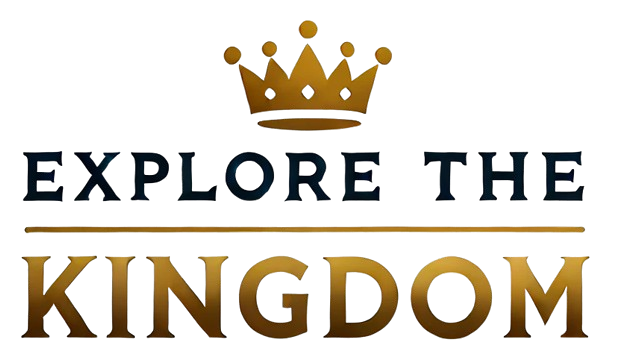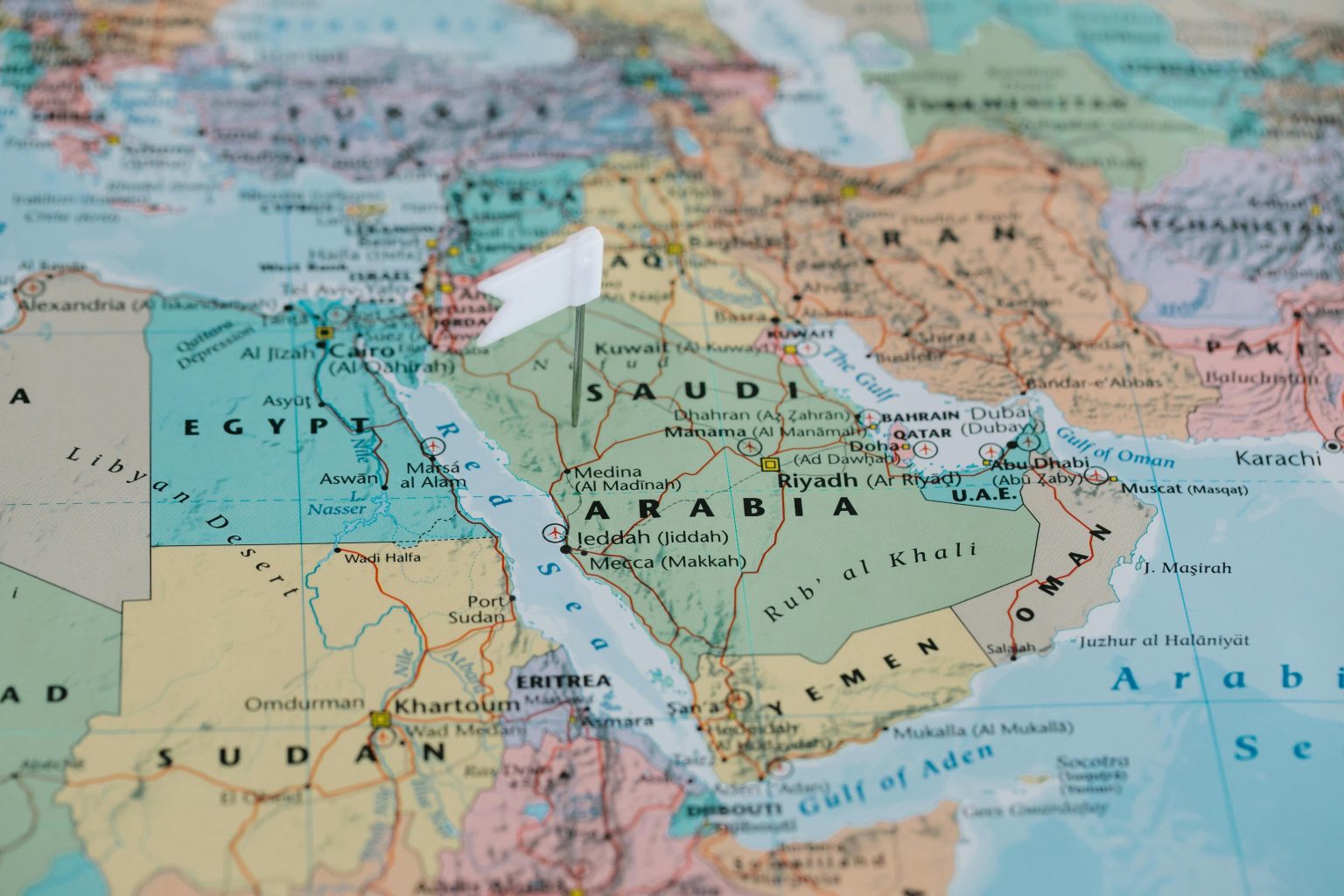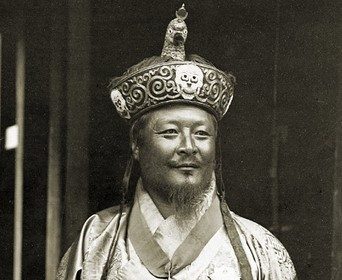The Kingdom of Saudi Arabia, established in 1932, has been a pivotal player in the Middle East and global geopolitics due to its vast oil reserves and strategic location. Under the House of Saud, the Saudi monarchy has seen significant transformations over the decades, consistently adapting to internal and external pressures. As we look toward the future, several factors will shape the trajectory of the Saudi monarchy, including economic diversification, social reforms, regional dynamics, and global energy transitions. This article explores these elements and their implications for the monarchy’s sustainability and evolution.
Historical Context
To understand the future of the Saudi monarchy, it is essential to consider its historical context. The monarchy was founded by Abdulaziz Ibn Saud, who united various tribes and regions of the Arabian Peninsula. The discovery of oil in the 1930s transformed the kingdom’s economy and gave the monarchy unprecedented wealth and global influence. Since then, the royal family has maintained its grip on power through economic patronage, religious legitimacy, and strategic alliances with Western powers, particularly the United States.
However, the monarchy has faced challenges, including regional conflicts, the rise of radical movements, and demands for political reform. The Arab Spring 2011 posed a significant challenge, leading to protests and calls for greater political participation. In response, the Saudi government implemented reforms, including economic initiatives and limited social freedoms, to quell dissent and maintain stability.
Vision 2030: An Economic Transformation
One of the most significant initiatives shaping the future of the Saudi monarchy is Vision 2030, launched by Crown Prince Mohammed bin Salman (MBS) in 2016. This ambitious plan aims to diversify the Saudi economy away from its heavy dependence on oil revenues. Recognizing the volatility of global oil prices and the need for sustainable growth, Vision 2030 seeks to develop tourism, entertainment, and technology sectors.
Under Vision 2030, the government has invested heavily in mega-projects, including NEOM, a futuristic city that aims to be a hub for innovation and sustainability. The initiative also emphasizes the importance of foreign investment and public-private partnerships, signaling a shift from traditional state-controlled economic models.
However, the success of Vision 2030 hinges on several factors, including the ability to attract foreign investment, create jobs for a young and growing population, and manage social expectations. While the initiative has garnered international attention, its implementation has faced challenges, including bureaucratic hurdles and societal resistance to rapid change.
Social Reforms and Cultural Change
The future of the Saudi monarchy is also intertwined with social reforms that reflect changing attitudes among the population. Under MBS, the kingdom has witnessed a series of transformative social changes, including lifting the ban on women driving, the reopening of cinemas, and increased participation of women in the workforce. These reforms aim to modernize the kingdom and enhance its global image.
However, the pace of change has been met with enthusiasm and skepticism. While many young Saudis welcome the reforms, others remain cautious about the erosion of traditional values. The monarchy must navigate these complex dynamics, balancing the desire for modernization with the expectations of conservative segments of society.
Moreover, the government’s approach to dissent has raised concerns about human rights. High-profile arrests of activists and critics have drawn international condemnation, leading to tensions between the monarchy and human rights organizations. As the kingdom seeks to project a more moderate image, it faces the challenge of reconciling social reforms with its historical reliance on strict religious and cultural norms.
Regional Dynamics and Geopolitical Pressures
The future of the Saudi monarchy cannot be discussed without considering the broader regional dynamics and geopolitical pressures. Iran, with its regional ambitions and influence over Shia communities, poses a significant challenge to Saudi Arabia’s leadership in the Sunni Muslim world. The rivalry between the two powers has manifested in proxy conflicts across the region, including in Yemen, Syria, and Iraq.
Additionally, the normalization of relations between Israel and several Arab states, driven by shared concerns over Iran, has reshaped the geopolitical landscape. The Abraham Accords have sparked discussions about potential Saudi-Israeli relations, which could have profound implications for the monarchy’s domestic and international standing.
Furthermore, the ongoing conflict in Yemen, where Saudi Arabia has intervened militarily, has drawn criticism and strained the kingdom’s resources. The humanitarian crisis resulting from the war has prompted calls for a reassessment of Saudi foreign policy and its implications for regional stability.
Global Energy Transition
As the world moves toward renewable energy sources and grapples with climate change, the future of the Saudi monarchy is inevitably linked to global energy transitions. The kingdom has long relied on oil as its primary revenue source, but the increasing emphasis on sustainability and reducing carbon emissions challenges its economic model.
In response, Saudi Arabia has begun to invest in renewable energy projects, such as solar and wind power, and is exploring the potential of hydrogen as a clean energy source. These initiatives align with Vision 2030’s goals of diversifying the economy and positioning the kingdom as a leader in the global energy transition.
However, the success of these efforts depends on the kingdom’s ability to navigate the complexities of transitioning from an oil-dependent economy while ensuring social and economic stability. The monarchy must also address the potential backlash from traditional stakeholders within the oil industry and the broader society.
Succession and Stability
The future of the Saudi monarchy is closely linked to issues of succession and stability within the royal family. The House of Saud has historically maintained power through a system of seniority and consensus among its members. However, the rise of MBS has signaled a shift toward a more centralized authority, raising questions about the long-term sustainability of this approach.
The question of succession is particularly pertinent given the aging leadership within the royal family. MBS has positioned himself as a reformer and a visionary leader, but his consolidation of power has also generated internal dissent. The monarchy’s ability to manage succession and ensure a smooth transition of power will be critical in maintaining stability and legitimacy.
Conclusion
The future of the Saudi monarchy is at a crossroads, shaped by a confluence of internal and external factors. Economic diversification, social reforms, regional dynamics, and global energy transitions will all play pivotal roles in determining the monarchy’s trajectory. As the kingdom navigates these challenges, it must balance modernization and tradition, social change and stability, and regional leadership and international relations.
While the monarchy has demonstrated resilience in the face of adversity, its long-term sustainability will depend on its ability to adapt to a rapidly changing world. The coming years will be crucial in defining the future of the Saudi monarchy and its role on the global stage. As the kingdom embarks on this transformative journey, the eyes of the world will be watching, keen to see how this historic institution evolves in the 21st century.



